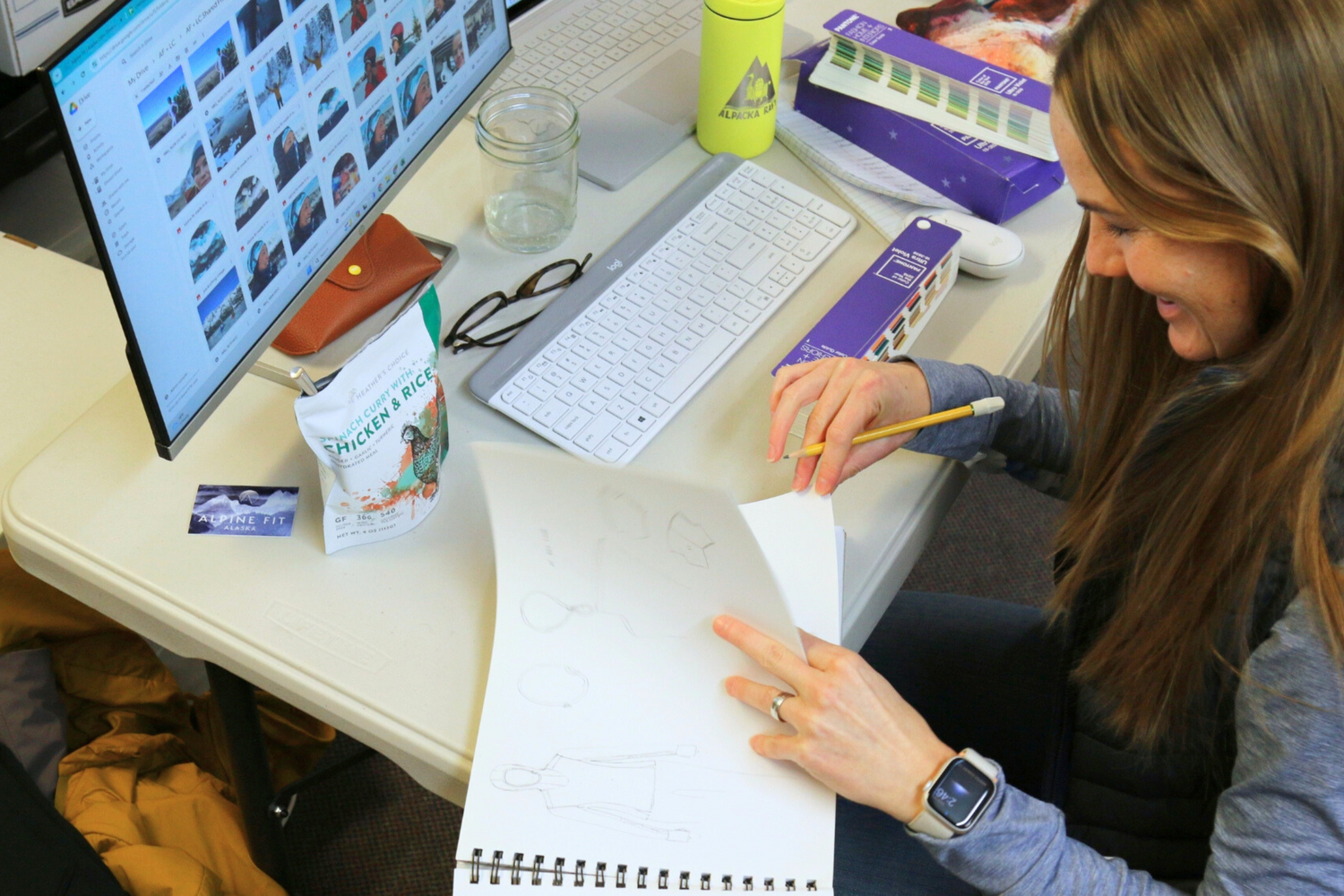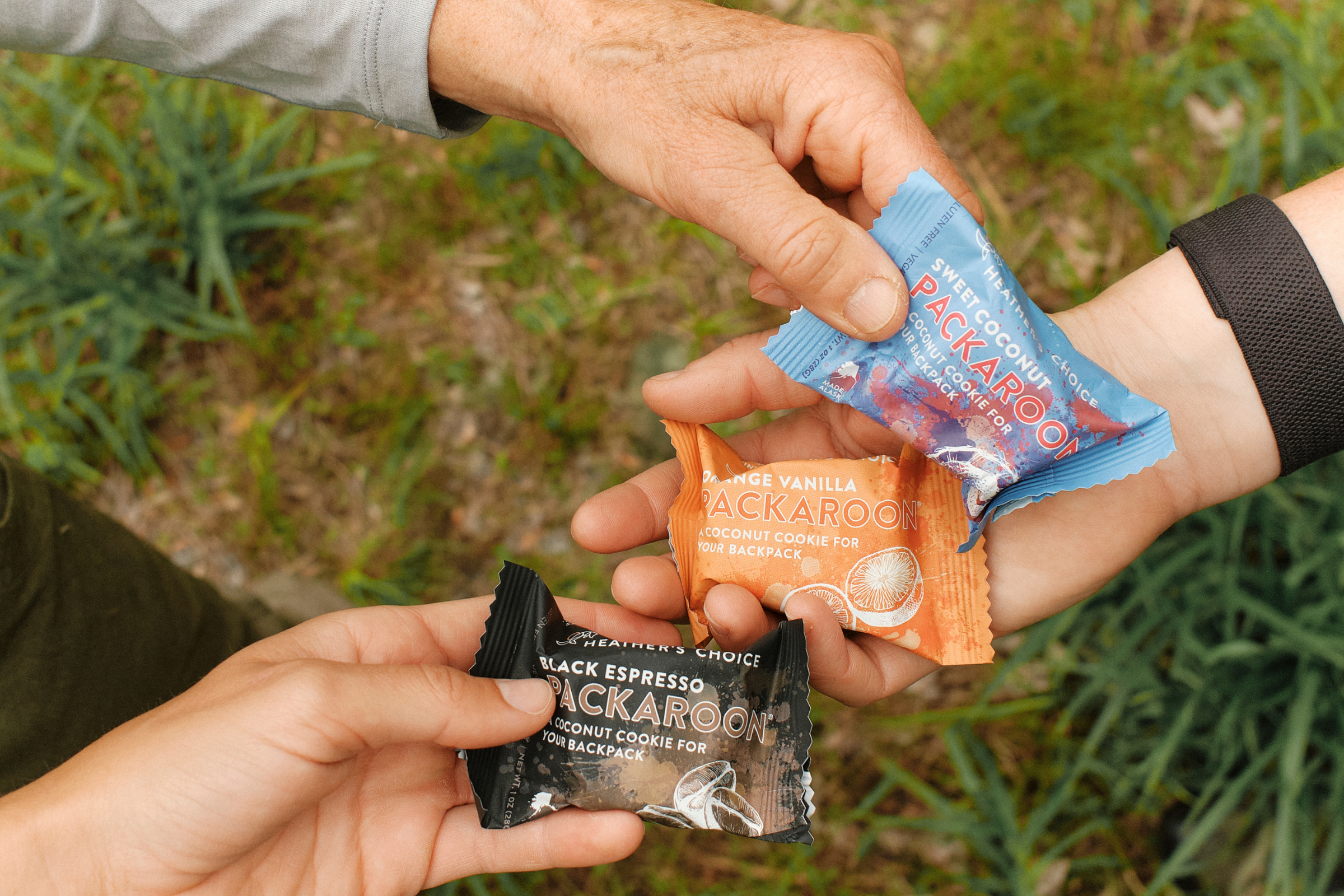It’s no secret sodium has a poor reputation when it comes to the essential minerals playing an important role in our health.
While most of the attention sodium attracts is negative, we’re here to give it some positive press and share why we’re not afraid of some good ol’ fashion sodium.
In fact, it actually improves our overall wellbeing!

A Balancing Act
Sodium works in tandem with potassium, chloride, calcium, and magnesium as a critical electrolyte in our bodies.
With these minerals working in a balanced fashion, we can achieve a healthy level of fluids inside and outside of our cells. This prevents low sodium symptoms like headaches and cramps, while also supporting our nerve impulse transmission and muscle contraction. Think exercise and simple body movements.
The human body loses about 1 gram of sodium per hour of sweaty activity. Bump that up to 2 grams if you're practicing a high intensity activity or in extreme climates.

Demystifying The Fear of Sodium
Outdated sources have recommended a daily sodium intake of about 2,300 milligrams.
However, updated, science backed research is showing a healthy, moderately active individual should shoot for 4,000-6,000mg a day. The key is balance - while excessive sodium intake can be harmful, not enough sodium can also lead to health problems.
If you’re an athlete, which just about all of us are even if your daily exercise is simply taking the dog for a walk, chances are, your body could use a little more sodium from day-to-day.

Too Much?
So, how do we know the proper amount of sodium to consume on less active days, verses heavy activity days? Great question! I’m so glad you asked *wink wink*.
Because every body is different, there is not a one-size-fits-all answer for sodium intake. One of our favorite salt stick companies LMNT has a handy dandy Sodium Intake Calculator that can help answer this question for each individual.
It takes into account, activity, climate, and even dietary factors. This tool can help give you a ballpark amount of sodium you should be reaching for every day.

But wait...there's more!
Understanding the unique nutritional needs of athletes, especially those who engage in intense training or activities in challenging environments like the backcountry, is crucial. Sodium plays several critical roles in the body that are particularly important for athletes.
Sodium's Key Roles for Athletes
-
Electrolyte Balance: Sodium is a major electrolyte in the body. For athletes, maintaining electrolyte balance is essential for optimal performance. When you sweat, you lose electrolytes, including sodium, which need to be replenished to maintain this balance.
-
Nerve Function: During intense physical activity, especially in hot or humid conditions, athletes lose a significant amount of fluid through sweat. Sodium aids in retaining the necessary fluids to aid in transmitting nerve impulses throughout the body.
-
Muscle Function: Sodium is crucial for muscle contraction. Without enough sodium, athletes can experience issues like muscle cramps or weakness.
-
Nutrient Absorption: Athletes rely on energy. Sodium assists energy output by absorbing and transporting certain nutrients that are vital for athletic performance, like amino acids and glucose.

Special Considerations for Backcountry Athletes
Let's talk about one of our favorite places, the backcountry! We recommend athletes venturing on a backcountry adventure consider sodium as part of their daily diet just as much as the amount of protein they need to consume.
As mentioned before, without sodium the electrolytes in our body become unbalanced and can have poor effects on our body. Not to mention the conditions are more extreme, there is less access to resources, and an adventure can turn sour quickly without proper awareness.
- Higher Sweat Loss: Activities in the backcountry often involve prolonged exertion, leading to higher sweat loss. This increases the need for sodium replenishment.
- Limited Resources: Access to food and hydration sources in the backcountry can be challenging. Carrying electrolyte replacements or snacks with sodium can be a practical solution.
- Varying Conditions: Environmental factors like altitude, temperature, and humidity can affect sweat rates and sodium loss, requiring athletes to adjust their intake accordingly.

Where Can I Get More Sodium?
Sodium is naturally found in many foods. At Heather's Choice, we choose to use sodium as a flavor enhancer, not a preservative. Much of the sodium content found in our nutrition facts comes from the included ingredients of each product such as canned tomatoes, grass-fed proteins, and potatoes!
Some of the best sources of dietary sodium include:
- Seafood: Fish and shellfish have natural sodium and offer additional nutrients like omega-3 fatty acids. Have you tried our Smoked Sockeye Salmon Chowder?
- Vegetables: While they're not high in sodium, vegetables like beets and celery contain natural sodium along with a host of other beneficial nutrients. Sneak some vegetables in for breakfast with a Morning Glory Oatmeal or Summer Harvest Oatmeal! Almost all our dinners offer a heavy dose of vegetables. Our favorites include Vegetable Lentil Soup and African Peanut Stew.
- Dairy Products: Cheese and milk have natural sodium and provide calcium and protein. Pass the charcuterie!
- Meats: Try any of our premium dinners featuring grass-fed proteins. Grass-Fed Bison Chili, Grass-Fed Beef Shepherd's Pie, and Grass-Fed Beef Spaghetti.

For backcountry athletes, or any athlete engaging in rigorous physical activity, understanding and managing sodium intake is a key aspect of maintaining performance and health.
It's not just about consuming more sodium or drinking more water for hydration, but about finding the right balance tailored to individual needs and the specific conditions of the activity.
Our advice would be the same as if you were exploring a new way of eating. Try it out for an allotted period of time and keep tabs on what you notice. Did your daily 3pm fatigue fade away with the addition of more sodium to your diet? Were your muscles less sore after an intense workout?
Maybe you've already added more sodium to your daily diet and have started to notice positive results. We'd love to know! Leave us a comment so we can share.
Disclaimer: While I do have a Bachelors degree in Evolutionary Nutrition with, years of experience working with clients to refine their dietary needs... We always suggest consulting a medical professional for any major changes to your diet.
Heather Kelly is the founder and CEO of Heather’s Choice. She was an NCAA National Champion and CRCA/Pocock All-American in women’s rowing, and hold a degree in evolutionary nutrition. Heather is also a certified eating psychology coach and has coached hundreds of athletes on developing a nutrition plan for optional performance and a healthy, satisfying relationship with food.
Heather lives in Anchorage, Alaska with her boyfriend and business partner Brad, along with their dog Jango. You can likely find her playing with food, building her urban homestead, or rafting rivers in her spare time.





2 comments
Stephen Grabacki
Thank you for updating our understanding of sodium,
Thank you for updating our understanding of sodium,
Julie Marhalik-Helms
I received my first shipment last week. The food is delicious but tasted too salty to me. If your target client is an elite athlete and not the average American, then the high amount of salt is great. Most Americans have too much salt in their diet and are advised to reduce the amount they ingest. I would love to order again but do not want this much salt, so perhaps consider a low sodium line (would set you up for devoted subscribers, such as myself!) and a line for athletes.
When I received my order I was surprised to see the amount of sodium in each meal and assumed it was for preservative purposes. If it’s only for taste, why not reduce it and let folks like me try it!
Julie
I received my first shipment last week. The food is delicious but tasted too salty to me. If your target client is an elite athlete and not the average American, then the high amount of salt is great. Most Americans have too much salt in their diet and are advised to reduce the amount they ingest. I would love to order again but do not want this much salt, so perhaps consider a low sodium line (would set you up for devoted subscribers, such as myself!) and a line for athletes.
When I received my order I was surprised to see the amount of sodium in each meal and assumed it was for preservative purposes. If it’s only for taste, why not reduce it and let folks like me try it!
Julie